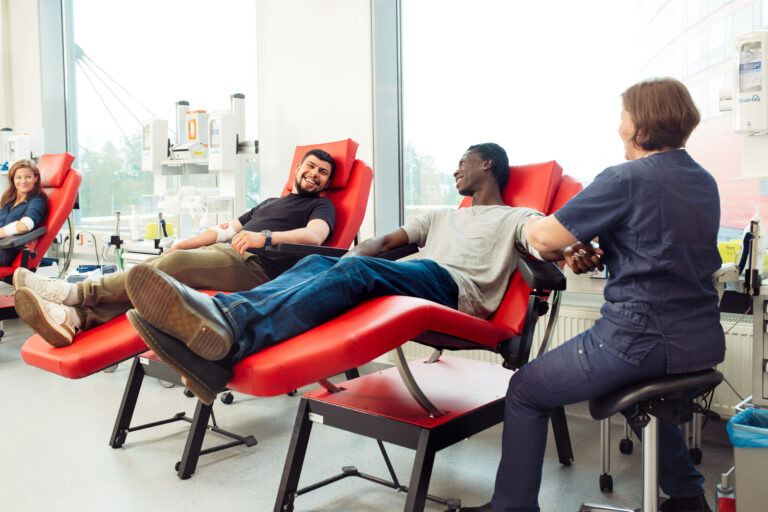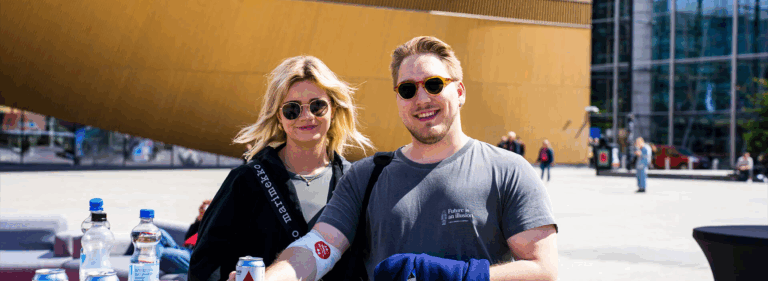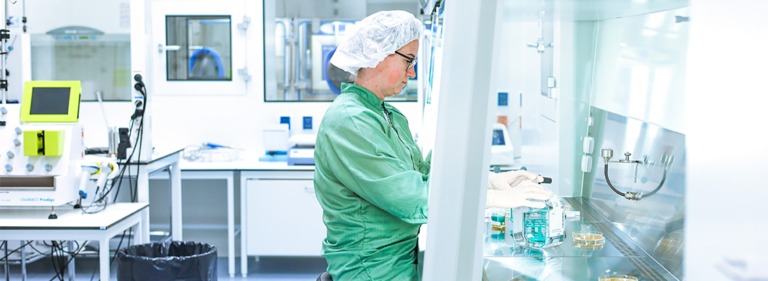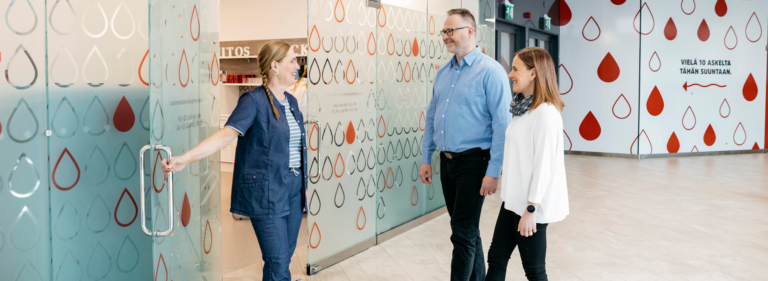Most compatible stem cell donors are often found geographically close to the patient
World Marrow Donor Day (WMDD) is celebrated globally on 17 September. Blood stem cell transplants are used in the treatment of malignant blood diseases such as leukaemia.
Approximately 100 stem cell transplants are performed in Finland every year, and about a third of the patients receive a transplant collected from a donor registered in the Finnish Stem Cell Registry. However, not all patients can find a suitable donor.
A stem cell transplant is often the patient’s only hope for recovery. The goal is to find a donor whose tissue type is as close as possible to the patient’s tissue type. The similarity of the tissue type significantly reduces complications such as rejection reactions that stem cell transplantation can cause.
“The most suitable stem cell donor is often found nearby – either in the family or in the same geographic region,” Tiina Linjama, a consultant working for the Stem Cell Registry, explains.
There is a wide range of tissue types and the types vary significantly from one region to another.
“This is understood to be at least partly due to the fact that different causes of infections exist in different parts of the world and humans living on different continents have benefited from different tissue types. Because of this, tissue types have developed into separate branches on different continents over millennia,” Linjama sums up.
For a long time, Finland was sparsely populated and relatively isolated from the rest of Europe. This is one of the reasons why Finland has a unique range of tissue types that is clearly different from the rest of Europe.
As a result, stem cell transplants donated by domestic donors are needed – and used – in Finland more often than on average elsewhere in Europe. However, not all patients can find a suitable donor because of the small size of the Finnish Stem Cell Registry. More donors and new tissue type combinations are needed in the Registry.
International cooperation is needed
In order to find a suitable donor for as many patients as possible, international cooperation is needed in addition to Finland’s own register. Stem cell registers work hard to recruit more donors both in Finland and abroad.
In terms of members, the largest registers are currently in the USA (more than 12.5 million members) and Germany (9.8 million members). Nearly half of the transplants received by Finnish patients are imported from Germany. The reason for this, among other factors, is the massive size of the German register.
Germany is followed by Poland, the USA and Sweden as the countries with most transplants imported into Finland. The Polish (with about half a million members) and US registers are also significant in size. Sweden’s relatively high position on the list is explained by its long history with Finland and the migration from Finland into Sweden in the 1960s and 1970s.
“Cross-border cooperation is absolutely essential for stem cell registries. Despite this, it is very important to increase the number of members of the Finnish Stem Cell Registry every year and, consequently, to expand the pool of suitable donors. Everyone who joins the register is worth their weight in gold to the patients,” Tiina Linjama concludes.



